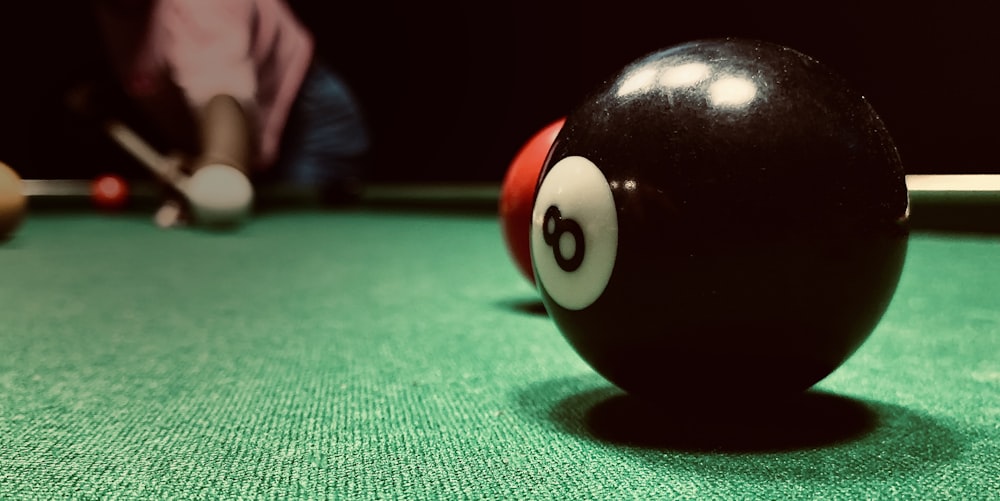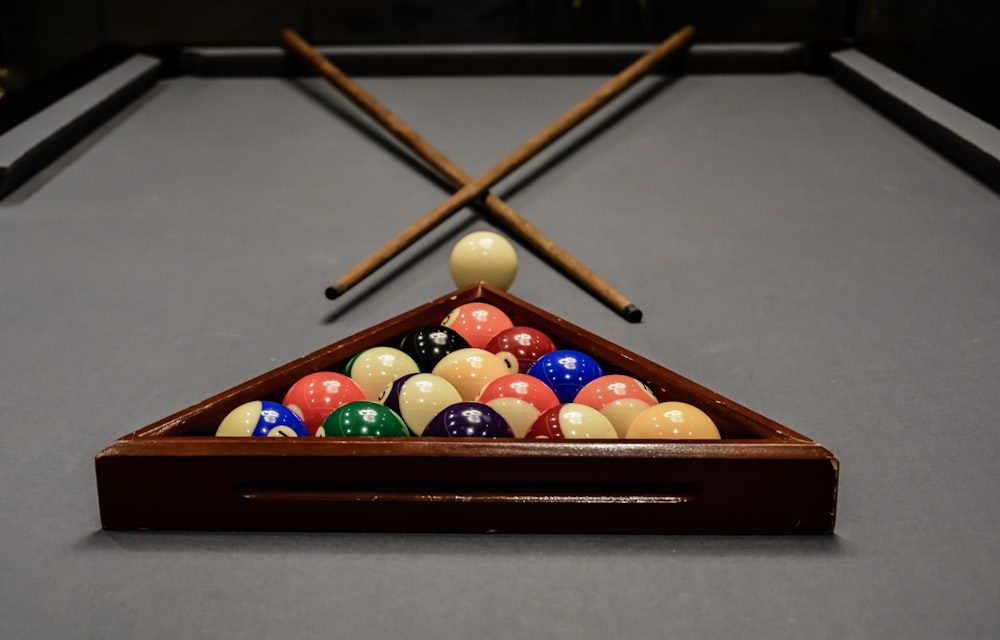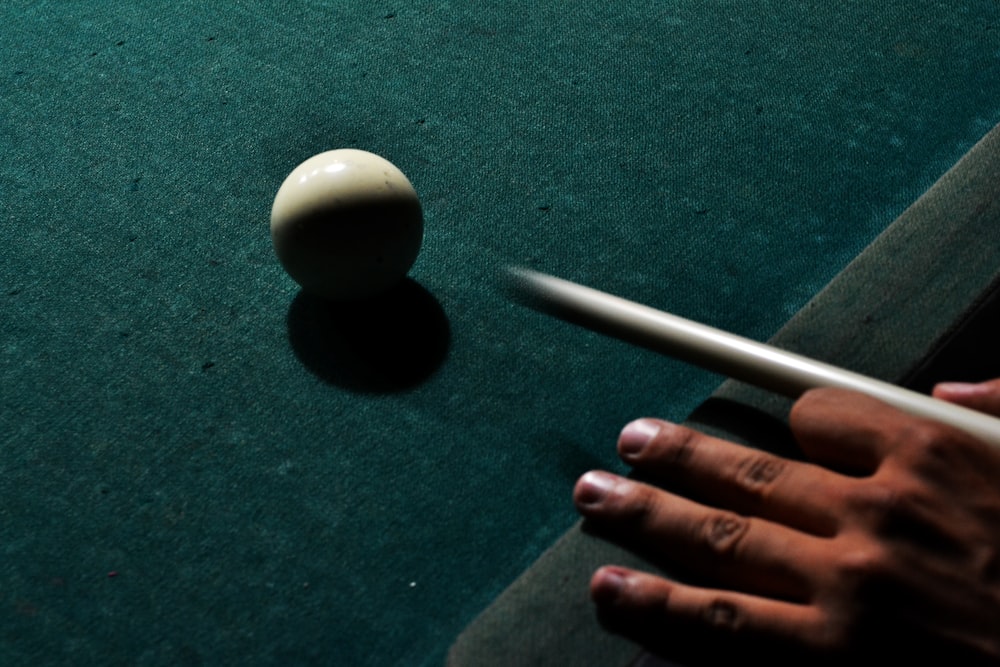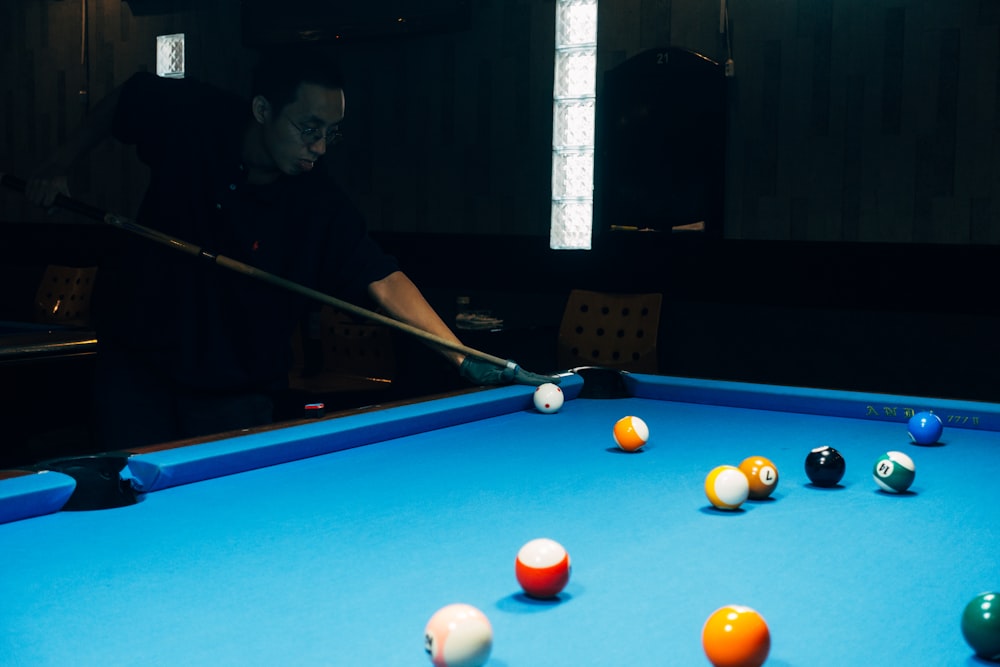Snooker: Know its Rules and Art of Scoring
Snooker is a fantastic game to try out if you enjoy pool or billiards but want something a little more difficult. In snooker, players take turns hitting balls of various colors with a cue ball in order to sink them.
However, the points awarded for each color vary. Snooker appears to be a conventional pool game, but its rules differ in a number of ways. For all the information you need to start playing snooker and learn how to improve as a player, keep reading.
Earning points: learning snooker
In snooker, players hit the red or colored balls into the pockets on the sides and corners of the snooker table by striking a white cue ball. With every shot, players have to switch between hitting the red balls and the different colored balls. Each ball color has a point value that goes towards their score. The player with the most points at the conclusion of the game, when every ball has been pocketed, wins.
Snooker differs slightly from pool and billiards, while having a similar appearance. Compared to a regular pool table, a snooker table is bigger, but the balls and pockets are smaller, making the game slightly harder.
Placing colored balls on matching spots: learning snooker
Snooker tables are marked with particular beginning positions for each of the six colored balls. And they are marginally larger than regular pool tables. Put the black ball on the area a few inches behind the red balls that have been racked. Then place the pink ball on the pink spot right in front of them. Place the blue ball in the middle of the table. Next, arrange the green, brown, and yellow balls on the corresponding positions on the other end of the table’s baulk line.
Snooker tables have somewhat bigger pockets than standard pool tables, but they also have smaller pockets, making it harder to sink a ball.
Shooting from inside the D
On the snooker table, the semi-circular area behind the baulk line is known as the D. To set up their initial shot, the starting player may position the white cue ball wherever inside or along the D’s lines. After that, the player lines up the shot to strike one of the red balls using their cue. The player’s turn continues if they sink a red ball on their opening shot.
The stroke is ruled foul if the cue ball makes contact with a colored ball before a red one.
Players must strike the cue ball from wherever it lands on the table following their initial turn.
Alternate shooting: learning snooker
During a turn, switch between shooting colored and red balls.
The red balls are regarded as “on” on the first shot of a turn. And in order to shoot the cue ball into a pocket, a player must strike one of them. They select any colored ball as the next ‘on’ to aim at for their next shot if they sink (or ‘pot’) a red ball, leaving the cue ball where it came to rest. A player keeps playing as long as they pocket the right color ball with every shot.
A player’s turn ends if they miss their shot or strike a ball color that is not “on.”
Replacing balls after they’ve potted
A red ball that has been potted remains off the table for the remainder of the round. A colored ball is replaced on its corresponding spot on the table whenever it enters the pocket, regardless of whether it was hit “on” or accidentally as a foul.
Place the colored ball on the colored spot of the next greatest point value if another ball is in the way or already on that spot. Put the green ball on the brown location instead of the green one. For instance, if it was potted but another ball was knocked onto the green area.
Simply place the ball as near to its initial location as you can if every spot is taken.
Sinking balls in point order: learning snooker
Players end the game by successively sinking the remaining colored balls in the order of their point values. From lowest to highest, once all of the red balls have been pocketed. At this stage of the game, colored balls are potted; they are not returned to their starting places. The game is over when every ball has been potted.
At the conclusion of the game, the colored balls should be spotted in the following order: yellow, green, brown, blue, pink, and black.
Proper grip and stance
Using your dominant hand, hold the cue close to the bottom of the thick, weighted end. To increase your control and shot extension, bring your hand closer to the grip’s end. To support the front of your cue, place your non-shooting hand on the table and utilize it as a bridge. When you make a shot, keep your dominant leg straight and bend forward so that the cue is parallel to the table.
There are two common cue-resting techniques. The “open bridge,” which involves placing the cue in the thumb joint’s groove. And the “closed bridge,” which involves drawing a circle with your thumb and pointer finger and placing the cue inside.
Aim for clear shots: learning snooker
Check the colored balls that are close by and have an open shot after you sink a red ball. If at all possible, select a ball with a larger point value to increase your score. Keep in mind that after being pocketed, the colored balls are re-spotted on the table, allowing you to score them more than once.
No matter where the cue ball is on the table, you should always have a clear shot at one because of the colored balls’ permanent position.
Target for red ball

Look for a red ball that will give you a second chance at one of the colored balls as you evaluate the table for your shot. Remember the worth of each ball and, whenever possible, aim for the one that will score the most points for you.
USEFUL LINKS:
Check out more tips on Snooker
Avoid injuries in Basketball with these tips








